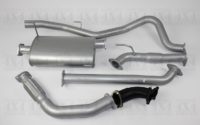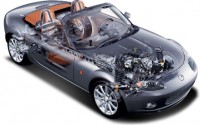How to Choose the Ideal Driving Lights
The factory headlights on your car or truck may be acceptable on paved roads at modest speeds, especially when combined with streetlights. But when you put them in complete darkness in the middle of nowhere, or even just a little rain, and you’ll find them woefully inadequate. What are you going to do about it? If you like to go off-road, you’ll need to install some aftermarket lighting and equip your vehicle with the right accessories.
Bulb Type: LED vs HIDs vs Halogen
If you want to improve the visibility and increase the safety of your vehicle, buying an aftermarket automobile light is one of the best things you can invest in, especially with today’s different light technologies. Aftermarket driving lights have gotten better, brighter, and more efficient than ever before in the previous decade. So how do you know which one to choose when there are so many alternatives available?
Halogen Driving Lights
To generate light, halogen lights generate heat inside a filament (or bulb). They function similarly to standard incandescent light bulbs but are designed to last longer and beam brighter. While they are normally the least powerful of the 4×4 driving light technologies and generate a warmer output, they are simply maintainable and bulb replacement is simple.
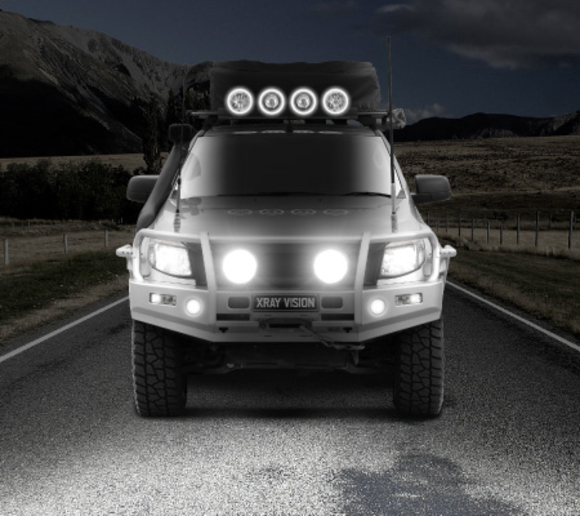
HIDs Driving Lights
After decades of halogen dominance in the driving-light industry, a new competitor has arrived: the HID driving lights. HIDs are an electrically powered technology that uses a gas-filled chamber and an external Electrode, Ballast, and Starter instead of a filament and is filled with a mixture of gases including Xenon gas. When activated, the Starter creates a 25000-volt pulse via the electrode, resulting in the formation of a Plasma Arc within the bulb chamber! The ballast takes over management of the lower wattage bulb, which is somewhat more efficient.
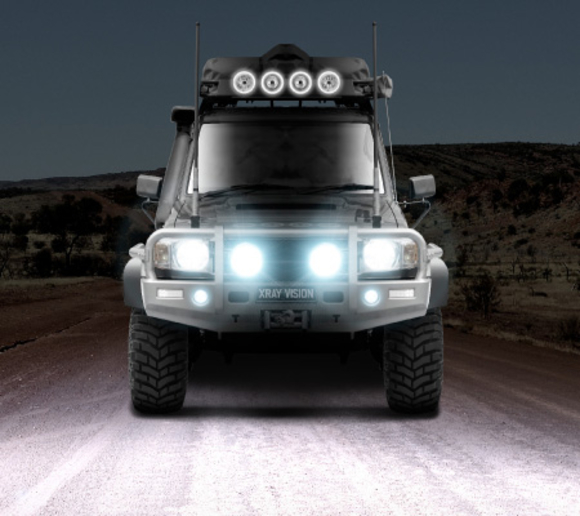
They are not only more resilient and powerful, with output that may be up to three times brighter, but they also have a reduced power drain. Because of its increased effectiveness, you can anticipate your globes to last over 2,000 hours! HID driving lights also provide a longer beam distance and a more neutral light, which decreases eye strain and improves the clarity of your night-driving experience.
LED Driving Lights
If you’re an off-road adventurer or searching for the most dependable set of driving lights available, LED is the way to go. While they are often the most expensive to acquire initially, LEDs have several advantages, including an extremely long service life and, depending on the application, a reduced current demand when compared to Halogen Lights. Many consumers claim that their LEDs have a lifespan of more than 50,000 hours! They are particularly robust to stress and vibration in harsh environments, and their use of individual diodes allows them to produce a broader beam than other technologies. If you’re worried about bumping into a lone kangaroo or an unforeseen road danger at night, LEDs are your best friend.
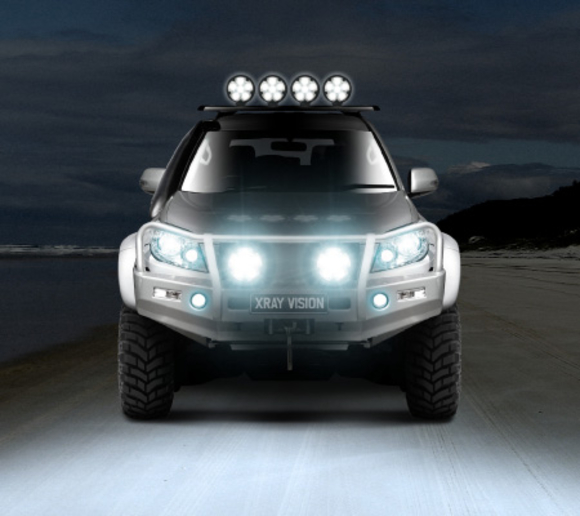
Beam Patterns
To select the best off-road light beam pattern, evaluate what you intend to use them for. Do you drive in the snow or rain? Are you in the sands of the desert? When selecting the various beam patterns, keep all of these factors in mind. Beam patterns are classified into four types: Floodlights, fog lights, spotlights, and driving lights are all examples of lighting.
Floodlights are intended to replace or function in conjunction with your headlights. They cover a larger area but do not have the same range as high beams. They can even be used as emergency lights. Keep in mind that they must be street legal if they are replacing factory-installed lights.
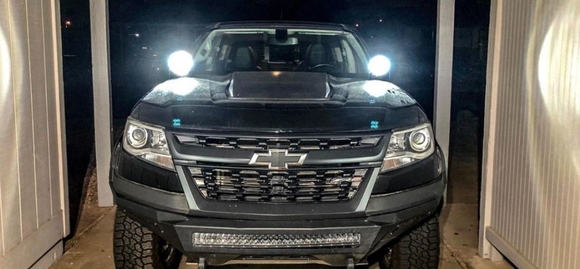
To illuminate the ground in front of you, fog lights are normally installed beneath the headlights. They don’t have much range, but if you go out in the snow or fog, you’ll be glad you can see the ground ahead of you.
Spotlights are similar to high beams but have a considerably smaller focus. These are great for seeing far into the distance. They do, however, perform a terrible job of lighting anything outside their concentration, much like a real spotlight used in a stage play.
Driving lights aren’t as concentrated as spotlights, but they’re more powerful and have a broader pattern. They’re simply additional high beams than your car already has.
Colour Temperature
The temperature of light, ranging from warm to cool, is used to convey its colour. Warm light (red to yellow) penetrates dust, fog, and precipitation with little reflection due to its long wavelengths, yet it can damage our ability to distinguish colour. Cool light (blue to violet) might look quite bright, but due to its short wavelengths, it causes glare and reflections and can induce eye strain. What you want is something that is as near to natural daylight as feasible in terms of comfort for our eyes, adequate lighting, sufficient contrast, and correct colour rendering. While it’s typical to see both HID and LED lights tilt toward the cold side of the spectrum, this is simply because most light manufacturers don’t make the effort to tune in precise colour representation.

The colour temperature of daylight varies depending on the surroundings, although it is widely thought to be between 5,000 and 6,500 kelvin. In this temperature range, driving lights will not seem yellow or blue, but rather, a pleasant, even white. Driving with lights in this range will improve vision, contrast, and depth perception while decreasing eye fatigue.
Mounting Position
The location of your off-road lighting fixtures is mostly determined by the type of vehicle you have and the purpose of the lamps. In general, the greater the distance, the higher the mount. In other words, the location of the lights is determined by the beam pattern. Fog lights, for example, should be placed very low on your front bumper, just over the wheelbase, because you need them to observe the ground ahead of you. Flood lights are still mounted low and near to the headlamps. In typical settings, they let you see up close. Place them near the headlights so that when the headlights fail, your flood lights can pick up the slack. And, because driving lights are essentially next-level high beams, they should be installed exactly next to or just below your factory headlights. They’re designed to function in tandem with your headlights. Spotlights are usually installed as high as feasible. The further you can see, the higher the mount. In fact, seeing a massive rack of spotlights running over the roof of a Jeep may have led you here in the first place. Because of their position on the vehicle, they are unquestionably the most noticeable off-road lights. And, let’s be honest, they look fantastic!

